Media | Articles
Cars That Time Forgot: Alfa Romeo Montreal
There’s been no shortage of enigmatic cars over the years, but one of the most intriguing, enchanting, and left-field examples must be the Alfa Romeo Montreal. It looked like nothing else, packed a 2.6-liter V-8 unique to the model, and it looked little changed from the Bertone concept that sired it. In the early 1970s, it really was what dreams were made of.
The Montreal story began in 1967, when Bertone displayed a pair of concept cars at Expo 67, the World’s Fair hosted in Montreal, Quebec, that year. The car was based on the platform of the Alfa Romeo 1600GT Junior and styled by ace designer Marcello Gandini. Alfa Romeo claimed that huge demand from buyers desperate to have their own Montreal resulted in a road-legal version of the concept being developed. In reality, it’s highly likely that Alfa expected to come up with a production car from the outset.
By early 1970, the road-ready Montreal was revealed at the Geneva Salon, and in place of the 1.6-liter four-cylinder engine was a much more appealing, detuned version of the Carlo Chiti-designed 2.0-liter quad-cam, dry-sump V-8, which was usually fitted to the T33 sports racer. The displacement was now 2593 cc, and with Spica mechanical fuel injection it developed an easy 200 hp at 6000 rpm.
This detuning was essential to the V-8’s long-term health; by reducing the peak power point for the engine from 8800 rpm to 6500 rpm, and cutting maximum power in the process from as much as 350 hp to 200 hp, the V-8 wasn’t remotely stressed in its new road-going application. Peak torque was also reduced, to 173 lb-ft at 4750 rpm; the racer’s maximum came at a heady 7000 rpm. Although 200 hp might not sound like much now, it was enough to take the Montreal all the way to 135 mph, having despatched the 0–60 mph sprint along the way in 7.5 seconds. Heady stuff for 1970.
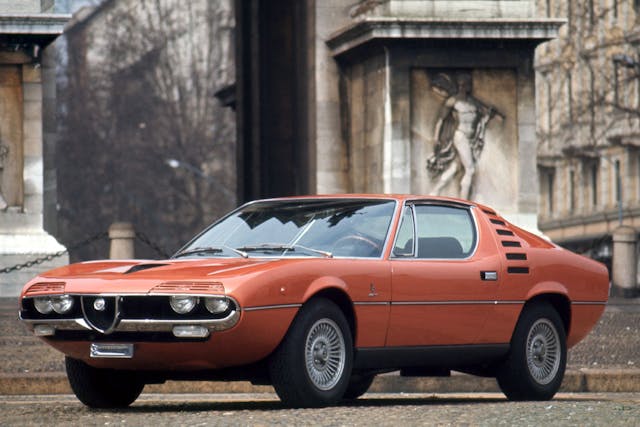
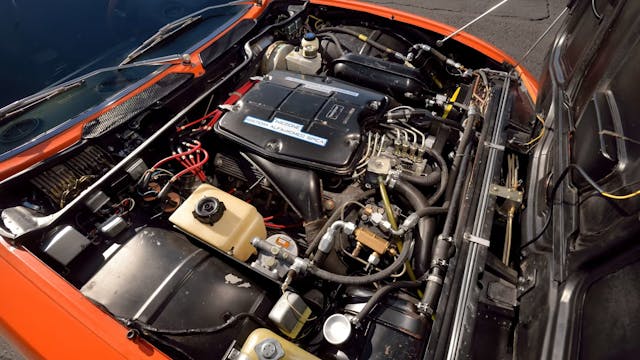
When Autocar tested the Montreal in 1972, its V-8 was found to be supremely flexible. The car could be launched from a standing start in fourth gear, which would then take it all the way to 120mph. The maximum speed was 140 mph in fifth. Autocar noted: “On the road the most impressive thing is the way the noise level does not seem to increase at all with either revs or speed. Much of the time it is impossible to detect which gear is engaged or how hard the engine is revving. This coupled to the amazing flexibility means that initially the driver changes gear too much and it takes a while to get used to the idea that this Alfa can do most things in fourth.”
Marketplace
Buy and sell classics with confidence
Considering the Montreal’s exotic engine specification, the suspension left something to be desired. While up front it was independent with coil springs, wishbones, dampers, and an anti-roll bar, at the rear there was a live axle with coil springs and dampers and an A-bracket. It was just as well there was a limited-slip differential, or getting the power down in challenging conditions would have been pretty much impossible. As it was, Autocar wrote: “Although there was never a trace of axle tramp on smooth roads, bumps or broken patches in the surface on corners set the live rear axle pattering about, but never to an alarming or disturbing degree. For a high-performance car without the benefits of independent rear suspension, the Montreal is deserving of high praise, especially in regard to its ride qualities and excellent handling.”
The magazine continued: “For a high-performance car the ride is really quite soft and much less harsh than, for example, that of a BMW 3-litre. There is quite a lot of body roll on corners in consequence, despite anti-roll bars front and rear, and a noticeable excess of front-end dive under heavy braking. Driven with verve and not much finesse on twisty roads, the Montreal will disturb most passengers by the frequent attitude changes. With a sympathetic driver behind the wheel it can be hurried just as fast on a much more even keel. It is the kind of car which grows to fit you, not the sort one takes to immediately.”
Montreal production started in 1971, with the all-steel bodyshells being built by Bertone. Things got off to a reasonable start, with sales the following year peaking at 2377, but it would be all downhill from there. With the fuel crisis hitting in 1973, Montreal production slowed to just 319 units in that year.
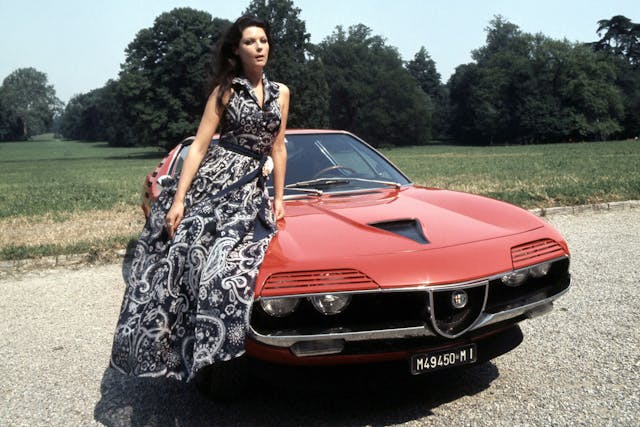
Once European sales had been established, in August 1972 U.K. imports began, with the Montreal priced at £5077 ($12,456). That was just £522 ($1280) less than a Ferrari Dino 246 GT, 50 percent more than a Jaguar E-Type V-12, and twice the price of the V-8-powered Triumph Stag. The Alfa was £1100 ($2698) cheaper than the BMW 3.0 CSi, but that was little consolation to potential buyers, who generally stayed away. Matters were not helped by a lukewarm reception from the press.
Despite room for improvement in many areas, not least of all its suspension, the Montreal wasn’t developed at all during its production run, which officially came to an end in 1977, with Alfa Romeo finally removing the car from its price lists. However, Bertone would later claim that it had built the last Montreal body shells a full two years earlier, after 3917 examples had been completed; just 180 of those were right-hand drive. Survivors are rare thanks to low values for decades. While good Montreals are now worth significant money, with so many other classics also vying for your attention, this is one car that’s likely to maintain a low profile for the foreseeable future.
***
Check out the Hagerty Media homepage so you don’t miss a single story, or better yet, bookmark it. To get our best stories delivered right to your inbox, subscribe to our newsletters.
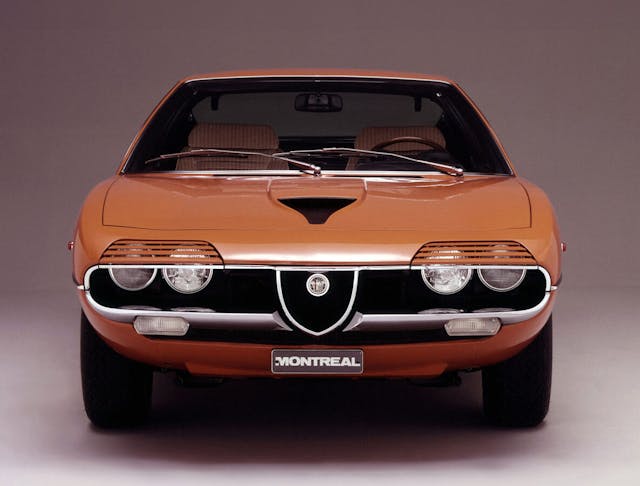
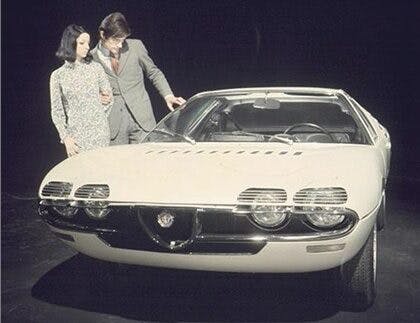
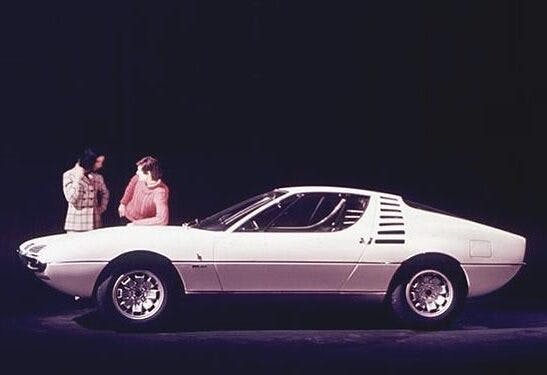









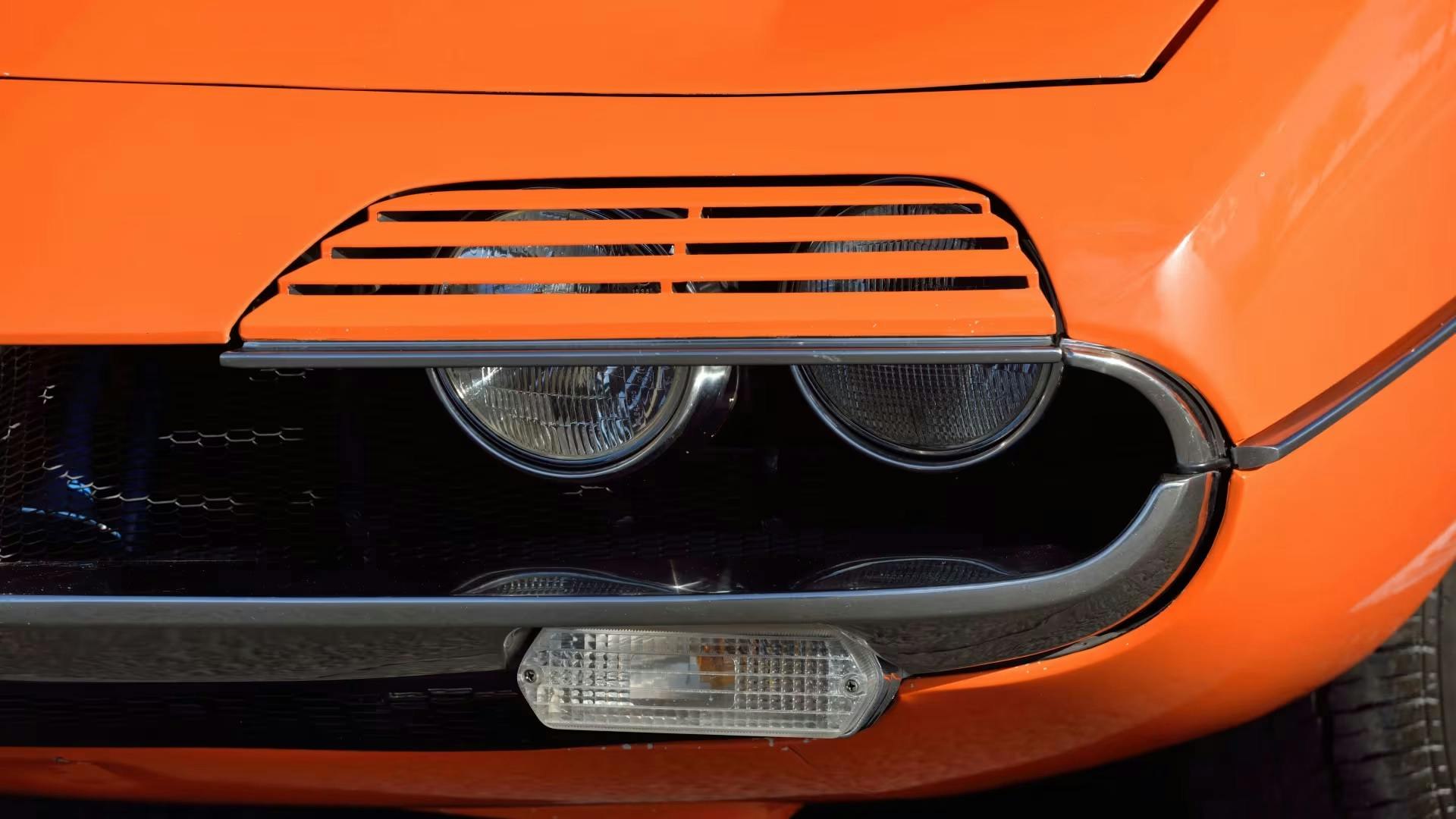
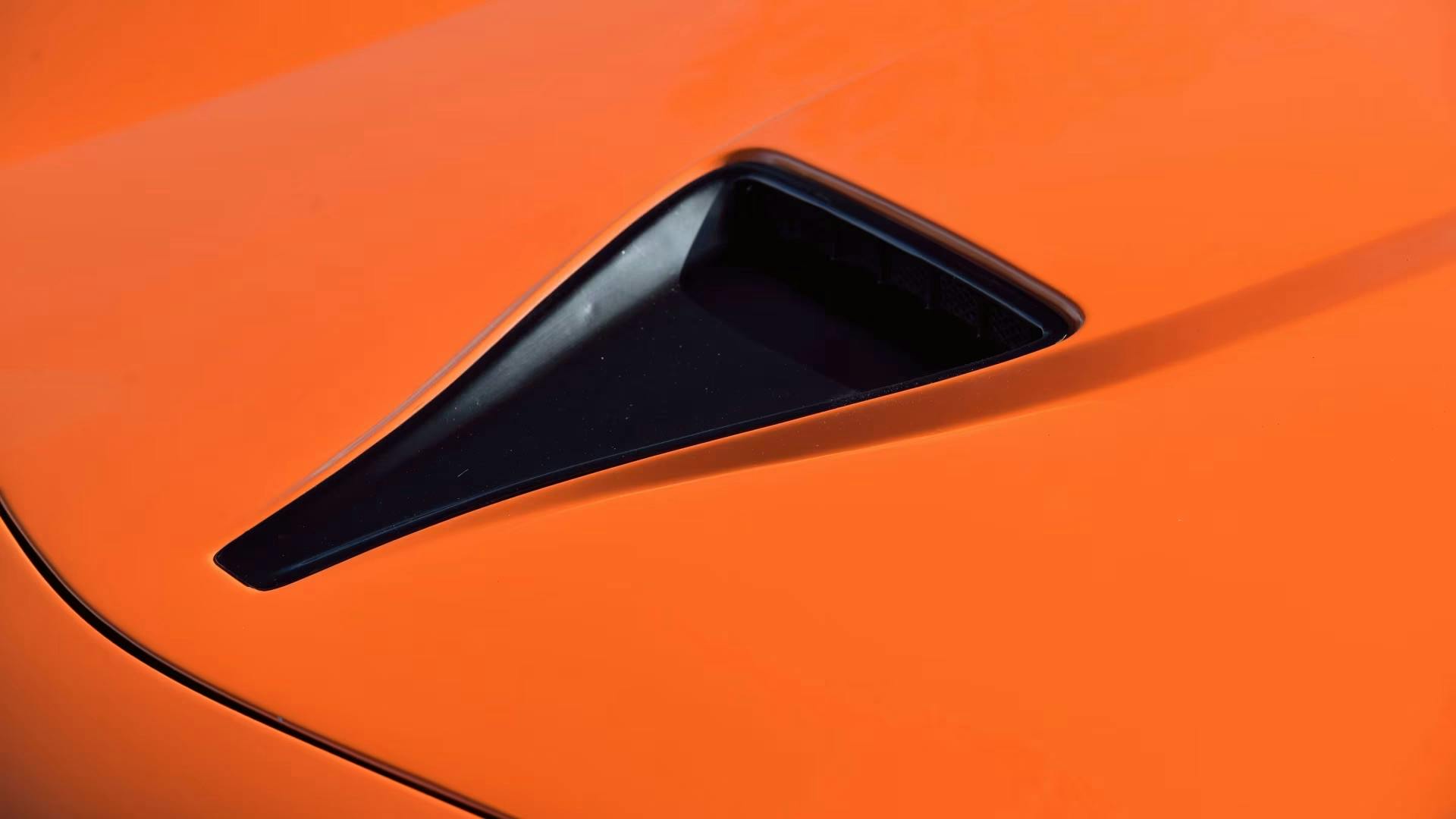
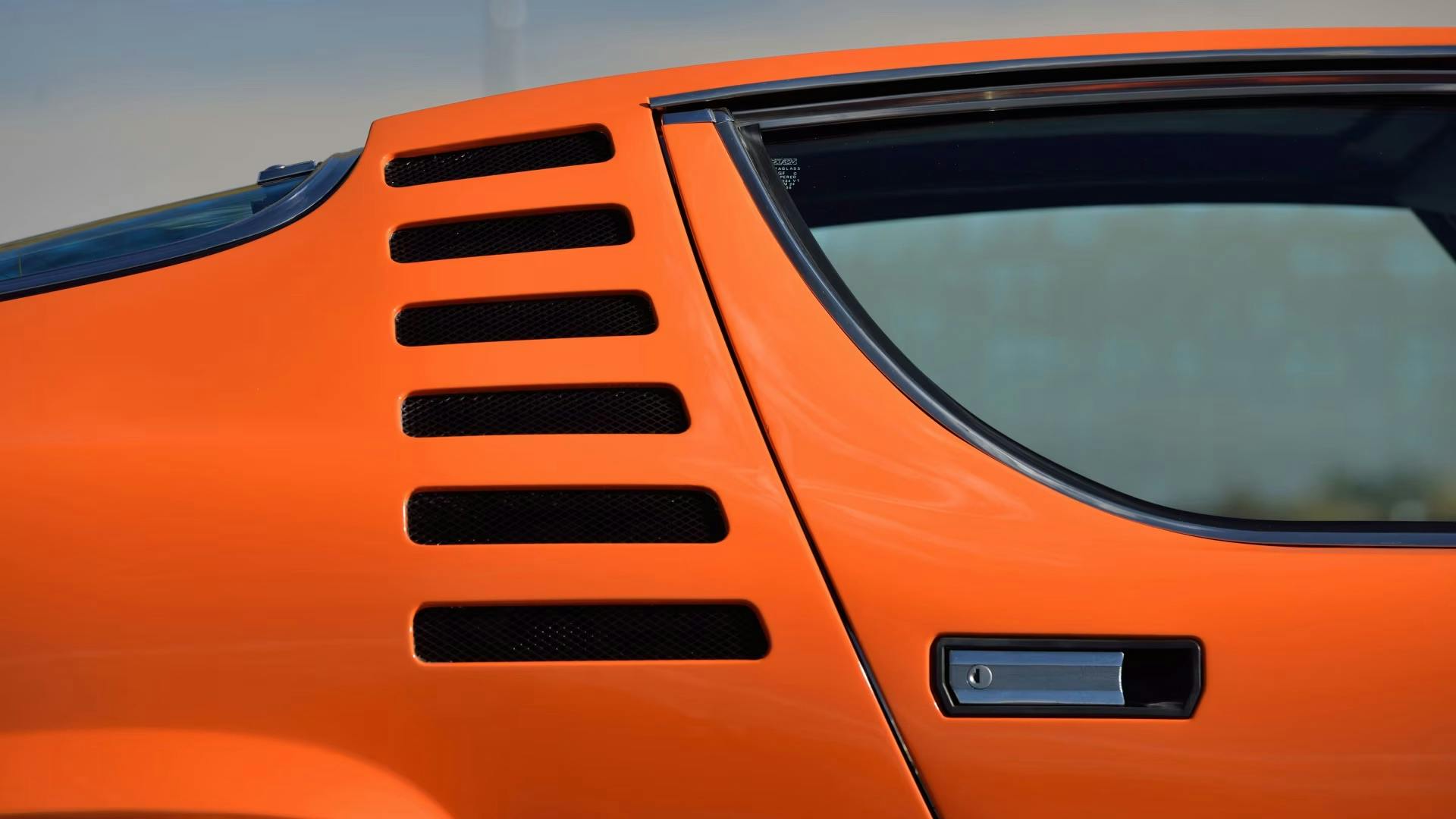









Well with so few imported so many rusted out and so many that needed more in repairs vs value they were easy to forget.
Goes to online marketplace, checks price; doesn’t seem forgotten to me
Your story jogged my memory… I was almost 5 years old and already car-mad when Expo 67 swept into Montreal like the future, travelling by monorail. My uncle worked for Expo’s publicity firm, and so my family had a season’s pass — I even appeared in a few publicity shots in exchange. I am pretty sure I saw the Montreal concept cars there, and that would explain my lasting fascination for the car even since. I’ll never own one, alas, though I would like to — but if wishes were fishes, I’d be an Alfa-Romeo sea-dragon.
I haven’t forgotten the Montreal although my time to ever own one has now passed. When the Montreal broke cover in 1970, I was driving an Alfa 1750 GTV and the Montreal was going to be “my next car”. Then it turned out to not be available in the US. Fifty-plus years later it still lives in my memory and in my heart as one that got away. The few decent examples that occasionally pop up are way out of my price range. Le Sigh!
The Montreal was one of the most beautiful production cars ever made. I have a die-cast 1/24-scale model of one in metallic green on a shelf by my closet, so I can look at it every evening before I go to bed and every morning when I get dressed. I certainly haven’t forgotten it.
It’s a gorgeous car. Never seen one in the wild.
I’ve always loved this car. Great unique looks, v8, 5 speed. Someone owned one of these near where I lived in the late 90s. I used to check it out all the time. I remember them being pretty cheap not that long ago…around 20 grand for a nice one. Now it looks like 50 grand is the norm. Day late dollar short!